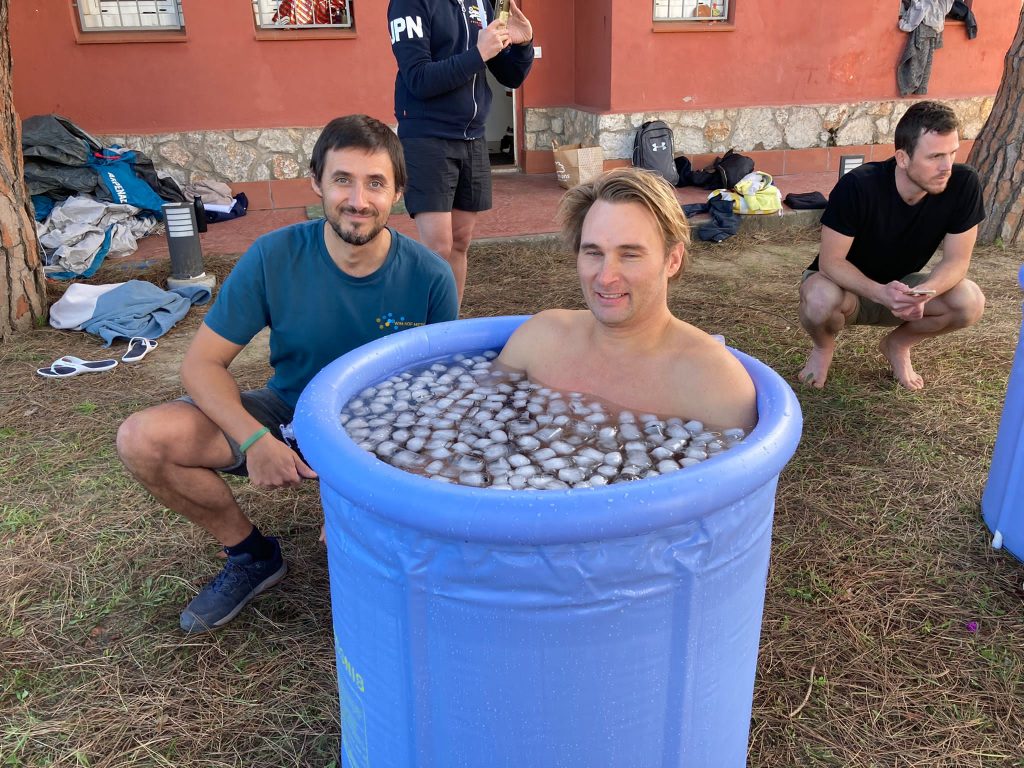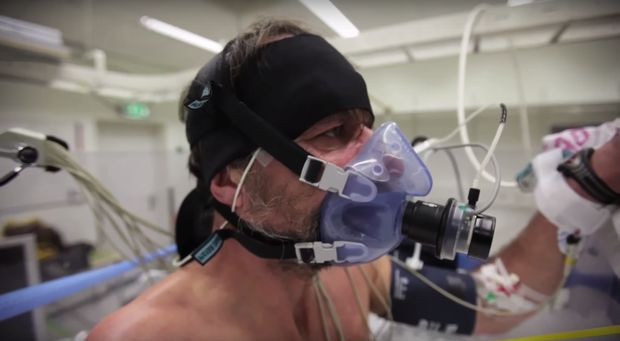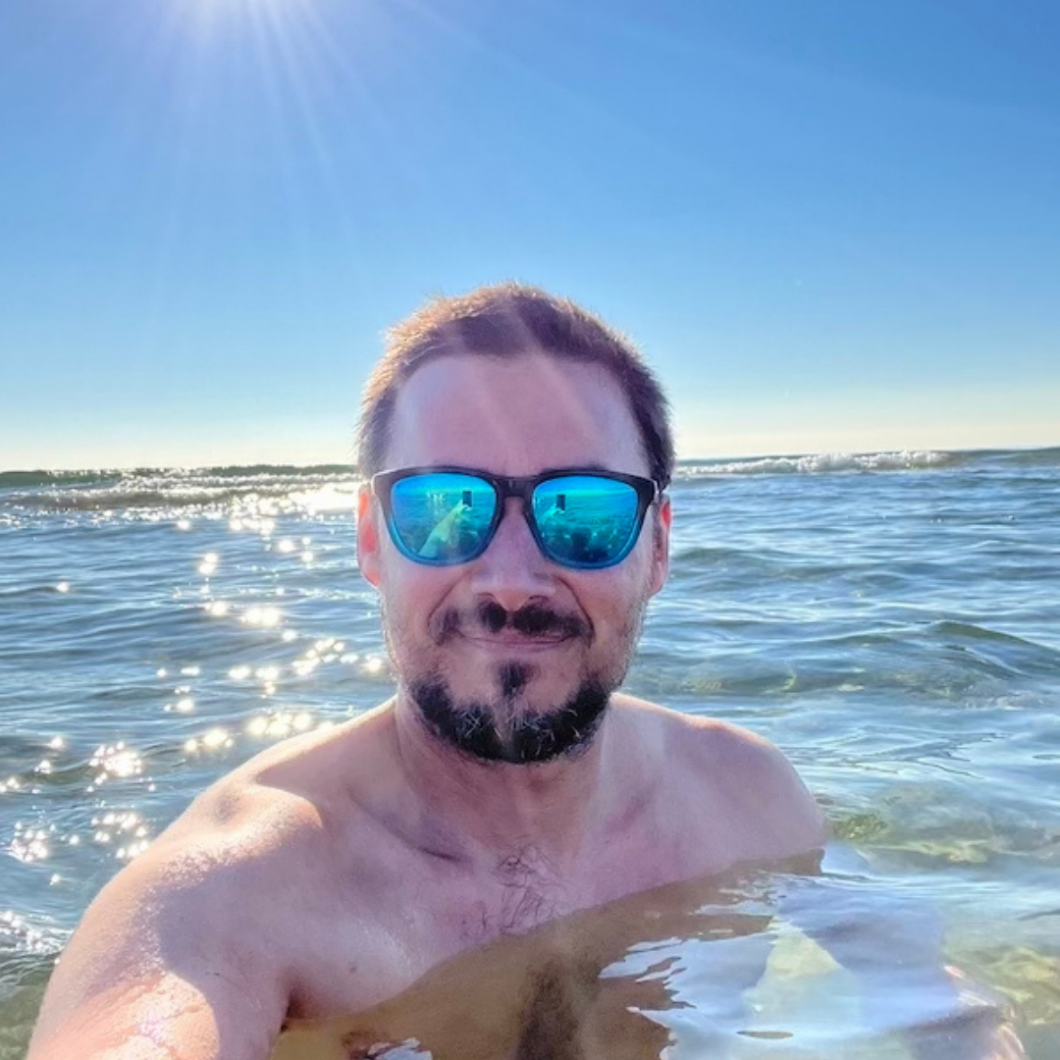In this article I will discuss the benefits of the Wim Hof method (WHM) for OCD and anxiety. Having struggled with both of these inflictions for many years, I was amazed at how helpful the WHM was in both relieving the symptoms of anxiety and helping to deal with some of the underlying issues.
A Way To Build A Different Relationship With Anxiety
That being said, the WHM is not a magical solution for everything. Obviously if you’re struggling with OCD and anxiety you should seek out professional help. But the WHM offers something different, a way to build a different relationship with discomfort and painful emotional states. It can help us reconnect with our bodies intuitive understanding of healing, something that seems to have been forgotten by much of modern medicine.
So what actually is the WHM? You may have come across Wim on social media. He’s a Dutch daredevil that’s often referred to as ‘The Ice Man’. Initially known for taking on world records like swimming underneath the Arctic ice or running a marathon in the Arctic Circle in nothing but a pair of shorts (follow the link to see it in the Guiness Book Of Records), more recently he became famous for turning his techniques into a method and sharing it with the world. What followed was amazing success, as people seemed to intuitively understand the benefits of his simple, but powerful approach.
Training With The Cold
By training with the cold and practising a special breathwork technique, Wim claims that just about anyone can learn to take control of their health and vitality through his techniques. People didn’t used to take these claims seriously, but then science became interested in the method and he was able to prove definitively that using his techniques, people could actually voluntarily tap into the autonomic nervous system and influence their immune system, inflammation and importantly for this article, even their mental health.

There are now literally thousands of anecdotal accounts of people using the WHM to help them with anxiety, depression and other mental health issues. I am certainly one of those people, so let me just share my story with you.
A Practical Way To Learn About Acceptance
Having struggled with OCD since the age of 16, when I came across the WHM at the age of 36, i’d been battling with OCD for over 20 year. I realised straight away that I could use the Wim Hof Method for OCD and anxiety. Certainly i’d had my ups and downs over the years, but thankfully by this point, due to a lot of hard work and therapy I had learnt to manage OCD much more effectively. However, there were still days when it would control me, where I would feel like a victim to the anxiety, unable to get my head above water due to the unbearable weight of obsessions holding me down.
On days like these I would become frustrated. Having done so much work with the OCD, I just wanted it to finally be gone, I was impatient. Looking back I know what the issue was. For whatever reason, on those days where things became too much, I would give up on acceptance. Rather than allowing the thoughts and difficult emotions I would be trying to get rid of them and I just didn’t realise that I was doing it.
Anxiety Is Like A Hungry Crocodile
Acceptance is not easy and it takes commitment over the long term. Some times when working on acceptance it can feel like a seesaw. One day you think you got it all figured out and the next your dangling precariously over a pit of hungry crocodiles, kicking your legs out of the way as they try to bring you down.

This is where the Wim Hof Method truly shines. It allows you to bring consciousness to the things that you’re not accepting and to see them in a different light. For me, regular cold exposure allowed me to develop a practical understanding of what is actually meant by acceptance and therefore it was easier for me to apply it to my struggle with OCD.
I know I Need To Be Mindful & Accept, But How Do I Actually Do It?
Over the last ten years, mindfulness has exploded in popularity in the west. You may have seen countless experts and Buddhist monks touting the benefits of meditation and acceptance. But if you’re anything like me, despite hours of meditation, you may well have struggled with applying that acceptance to your life.
In the cold, be it an ice bath, or even just a cold shower, you can’t help but learn about acceptance. Ultimately an ice bath is about pain and discomfort, much like OCD. When you get into the water, every fibre of your being is screaming at you to get straight back out again. Many people experience a sense of panic or shock over take them as their breath quickens and an urge to fight the cold takes over.
Finding Comfort In Discomfort
Now i’m purposefully painting a quite shocking and undesirable picture here, but this is actually the point. This moment of quite intense discomfort is where a lot of learning can take place, but importantly it’s also temporary. When struggling with OCD and anxiety, it’s easy to see things through the lens of ‘all or nothing’, like the awful feelings and obsesisons are going to last forever and there’s nothing you can do about it.

The cold can teach you that all experiences are transient, that nothing stays the same and that if you’re willing to pay attention to the pain you can notice the subtle differences in it. How the pain moves and pulsates, how the intensity changes and how eventually it fades. These are not inconsequential things, but rather the building blocks of acceptance and you can learn them experientially through the cold.
Learning To Let Obsessions Go
When I started to practice the WHM on a regular basis, those days where I couldn’t or wouldn’t accept the anxiety became more infrequent. I could more easily see when I was fighting with the thoughts and therefore it was also easier to let them go. I started spending more and more time without getting stuck on obsessions at all, something that would have been unthinkable a few years before.

In addition to the cold, the method also teaches you a powerful breathing technique, that helps you to go deep into the subconscious. Together, through the breath and the cold you can learn to take back control of your mental health. A 2014 study by the Radbound University of the Netherlands found that participants had an increased amount of epinephrine in their system, an important neurotransmitter that is associated with good mental health.
They stated that ‘Healthy volunteers practising the learned techniques exhibited profound increases in the release of epinephrine’. It’s also thought that the method increases the free flow of serotonin and dopamine, helping to combat anxiety and depression. More research is currently being done into this and in time we will know more about how the different specific elements of the method can help peoples mental health.
A Simple But Powerful Package
Overall, the WHM is a pretty amazing package when you consider that these things can normally be done at home and with very little cost. With all of this in mind, it’s not a bad idea to try the Wim Hof Method for OCD and anxiety. Of course though, the cold should be treated with respect, it can be dangerous if approached in a reckless way.
I would highly recommend anyone who might be interested in the method to find out more about it by checking out Wim’s videos on Youtube or heading over to his website www.wimhofmethod.com to find out more. In addition for people with anxiety, I would recommend getting into the method in a gentle way. No need to rush it.
Currently there is an ever growing tribe on instructors who are teaching the method all over the world, including myself here in Barcelona. So to find out more you can head over to the Wim Hof website, or feel free to leave me a message.

